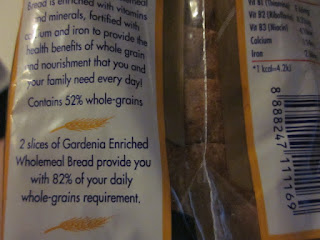Reader's email:
Dear AK,
I have been following your blog regularly for the past two years.
I found it very educational and useful for me - an ordinary worker trying to strive for financial freedom.
Among the discussion, I had also paid close attention on those mentioning taking advantage of the 4% interest in CPF-SA.
Over the last two years, I had made a substantial amount of transfer from my OA to SA account.
With this and my continued contribution, I'm quite confident that I will be able to meet the enhanced retirement sum at 55 years old.
This year, I'm also considering voluntary top up to my CPF-SA account.
My question for you is that should i still perform voluntary top up to my CPF-SA given the new regulations ie only $5000 withdrawal allowed at 55 years old and 20% at 65 years old?
In the event that I continue to perform voluntary top up, amount of funds in CPF-SA will exceed enhanced retirement fund at 55 years old however withdrawal of only $5000 is allow.
Will the balance in the CPF-SA in excess of enhanced retirement sum be unnecessarily locked up without me having access to it?
thank you.
Warmest regards
C
My reply:
Hi C,
Welcome to my blog. :)
My understanding is that at age 55, we will be allowed to withdraw a lump sum that is in excess of the prevailing minimum sum at that point in time.
Those who are not able to meet the minimum sum will get only $5,000 at age 55.
You might want to double check with the CPF Board to be sure. ;)
Best wishes,
AK
 |
| Who are the right people to ask? |
Reader's reply:
Dear AK,
Thank you for the very prompt reply. I finally managed to get through to the cpf board today. You are right! :)
Lump sum withdrawal in excess of the prevailing minimum sum still holds true with the new changes although the staff I spoke to couldn't provide me more info on the 20% withdrawal at 65 yo.
Will have to wait for more info on the latter as more announcements are being made.
Thanks once again for your help! :)
Warmest regards
C
Always the best to hear from the horse's mouth. Make sure it is the right horse. ;)
Related posts:
1. Tea with EY: CPF questions.
2. Videos on reaching 55 and CPF Life.

















































